
A Scottish Highland Clearances Tour Scottish highlands, Visit scotland, European travel
Consecutive harvests failed and famine blighted the lands especially in the far north. Disease and mortality rates were high and estimates say the population of Scotland fell by around 15%. Life for the Highlanders was a constant struggle for survival even before the Highland clearances began. Thousands of desperate famine refugees fled to Ulster.

Highland Clearances ethnic cleansing or of progress
The Highland Clearances form one of the most deeply emotive topics in Scottish history, and one of the most controversial. The term usually describes the process in which, between about 1750 and about 1880, large numbers of Scottish Highlanders and Islanders were displaced from the traditional lands their families had occupied for generations, ending up in marginally viable coastal settlements.
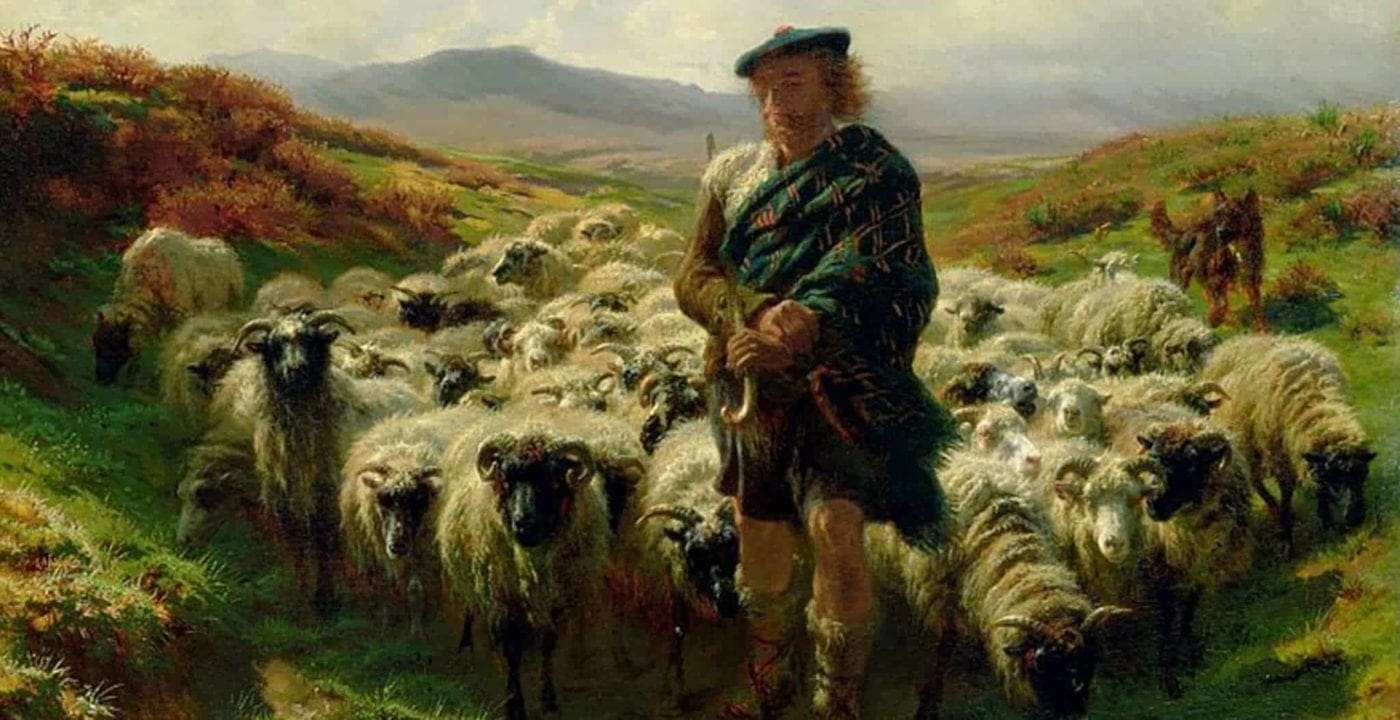
The Highland Clearances
13 min read. The Highland Clearances remain a controversial period in Scotland's history and are still talked of with great bitterness, particularly by those families who were dispossessed of their land and even, to a large extent, of their culture, over the period of around 100 years between the mid 18th and 19th centuries.
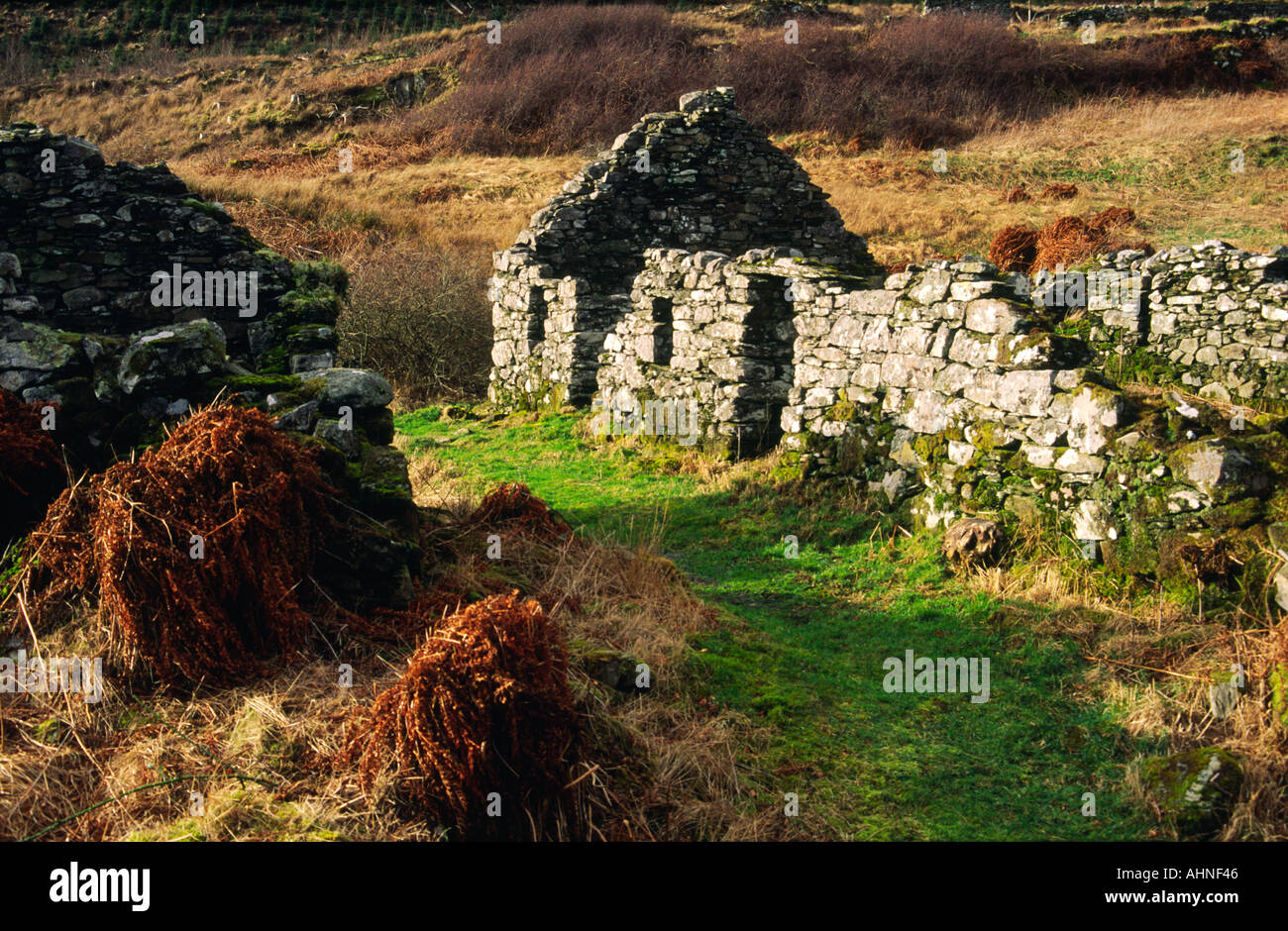
Highland clearances old ruined croft cottage in deserted village of Arichonan near Lochgilphead
The Sutherland clearances, despite being atypical in many ways, have come to symbolise the entire sweep of clearances in the early nineteenth ce 1825-1855: the 'Second Wave' of clearances and the Great Highland Famine After the great re-organisations of the 1800s and 1810s there was some consolidation on Highland
The Highland Clearances. 'Fuadach nan Gàidheal' Emigration to New Lands.
Highland Clearances. They called them the Improvers - but they brought so much tragedy and misery to the Highlands that they are still hated to this day. The Highland Clearances are still regarded as one of the most shameful episodes in Scottish history. Whole families were forced off the land and literally chased to the ends of the Earth - to.
The Highland Clearances. 'Fuadach nan Gàidheal' Escorted Tours
Ullapool Museum - Highland Clearances (Dec. 18, 2023) Highland Clearances, the forced eviction of inhabitants of the Highlands and western islands of Scotland, beginning in the mid-to-late 18th century and continuing intermittently into the mid-19th century. The removals cleared the land of people primarily to allow for the introduction of.

The Highland Clearance Scotland history, Scotland highlands, Vintage scotland
THERE are few episodes in Scottish history more controversial than the Highland Clearances. Even now historians, academics and lay people argue about just exactly what they meant for Scotland, and whether the undoubted mass emigration from the mid-18th century onwards was a case of economic migration or forced eviction.
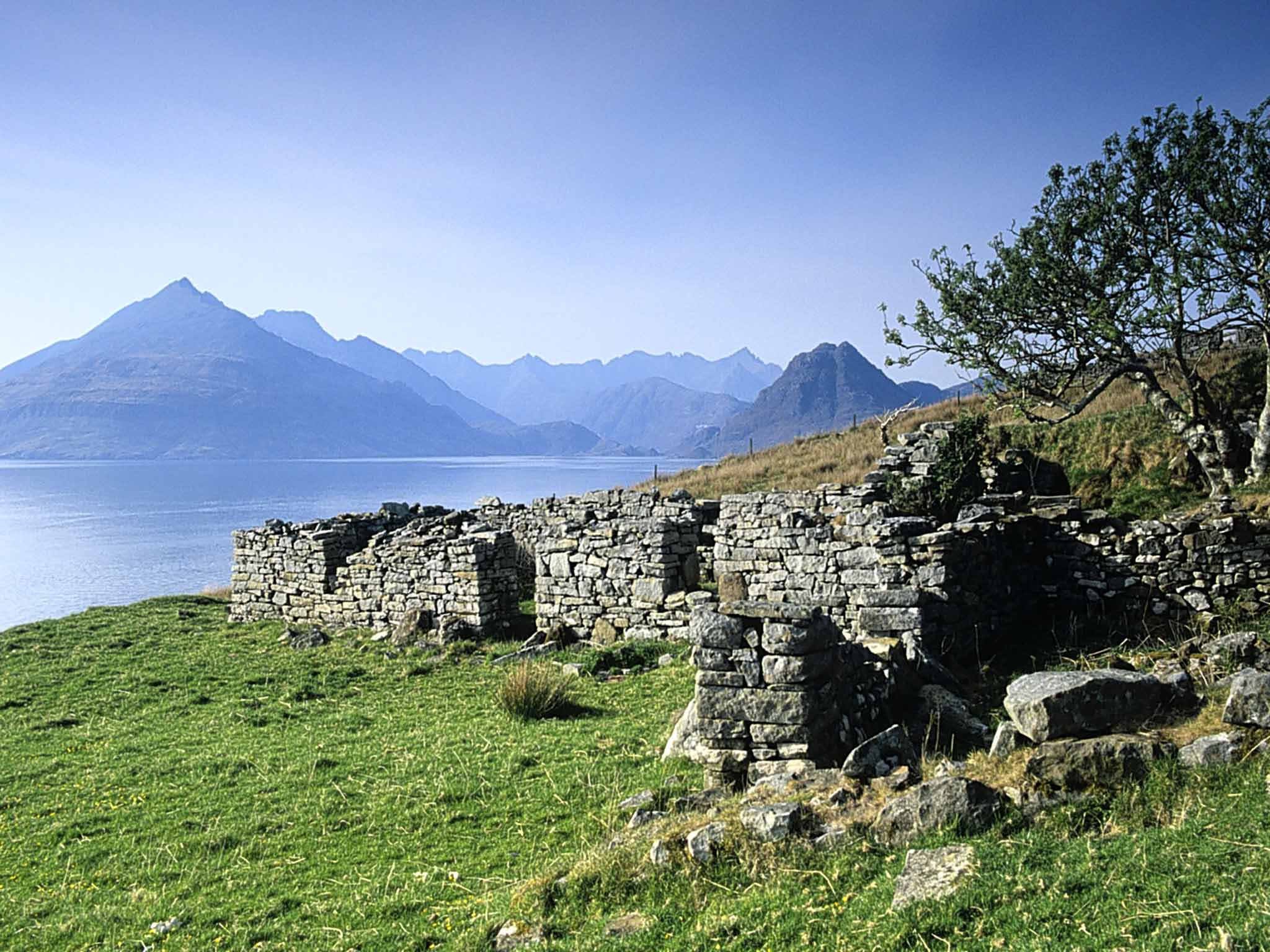
The Highland Clearances and land reform in Scotland The country's semifeudal great estates
Synopsis: This essay describes the evolution of the clearances from the first wave in the early 1800's to the final major wave in the 1850's by discussing the social and economic patterns involved. Please see my copyright policy if you wish to cite any part of this essay. The violent end to the Jacobite rising of 1745 also sounded the death.
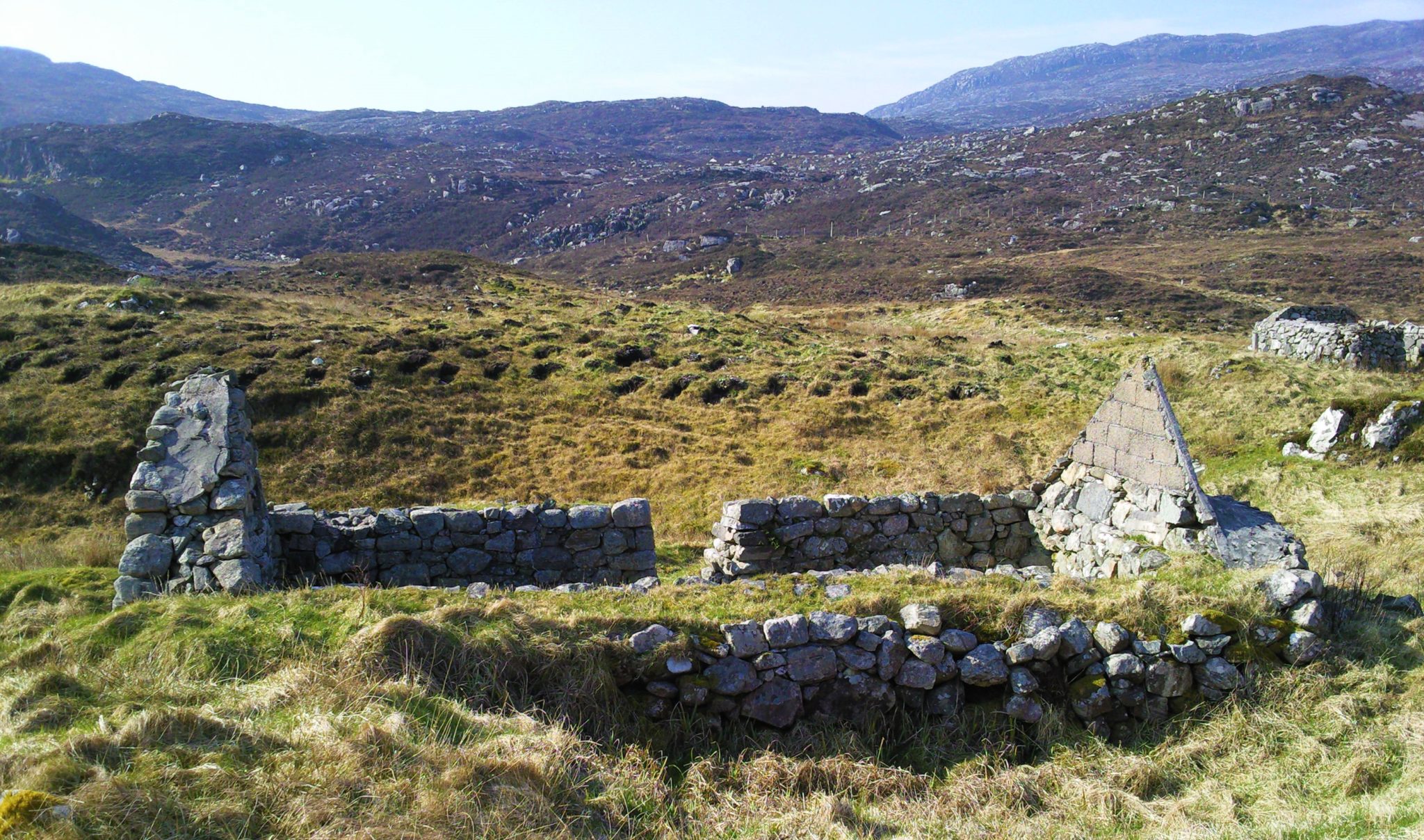
Writing the Highland Clearances Mhairead MacLeod
Known today as the Highland Clearances, this era of drastic depopulation sparked the collapse of the traditional clan system and the mass migration of Scotland's northernmost residents to other.

The Emigrants a very emotive statue about the Highland Clearances. Helmsdale Scotland travel
The Highland Clearances. Before the were removed or 'cleared' from their land, people in the Highlands of Scotland lived and worked in places called crofts.. Crofts were small areas of land where.

Scotland's most controversial statue and the attempts to destroy it
The Highland Clearances took place from the late 1700s to the mid-1800s.. High Life Highland is a company limited by guarantee registered in Scotland No. SC407011 and is a registered Scottish charity No. SC042593. Registered office Highland Archive Centre, Bught Road, Inverness, IV3 5SS.

The Highland Clearances memorial. Sutherland, Scotland Photograph by David Lyons Pixels
The Highland Clearances were a tragic and traumatic period in Scottish history that took place primarily during the 18th and 19th centuries.They were a series of forced evictions and displacements of the Highlanders, particularly in the Scottish Highlands and Islands, by landowners and factors in pursuit of economic and social changes.
A map of the Highland Clearances r/Scotland
The Highland Clearances, also known as the Scottish Clearances, was the highly controversial and damaging process of removing peasant families and communities from land across Scotland from the mid-18th to mid-19th centuries. These evictions were primarily conducted so that landowners could increase their income by repurposing the areas of the.
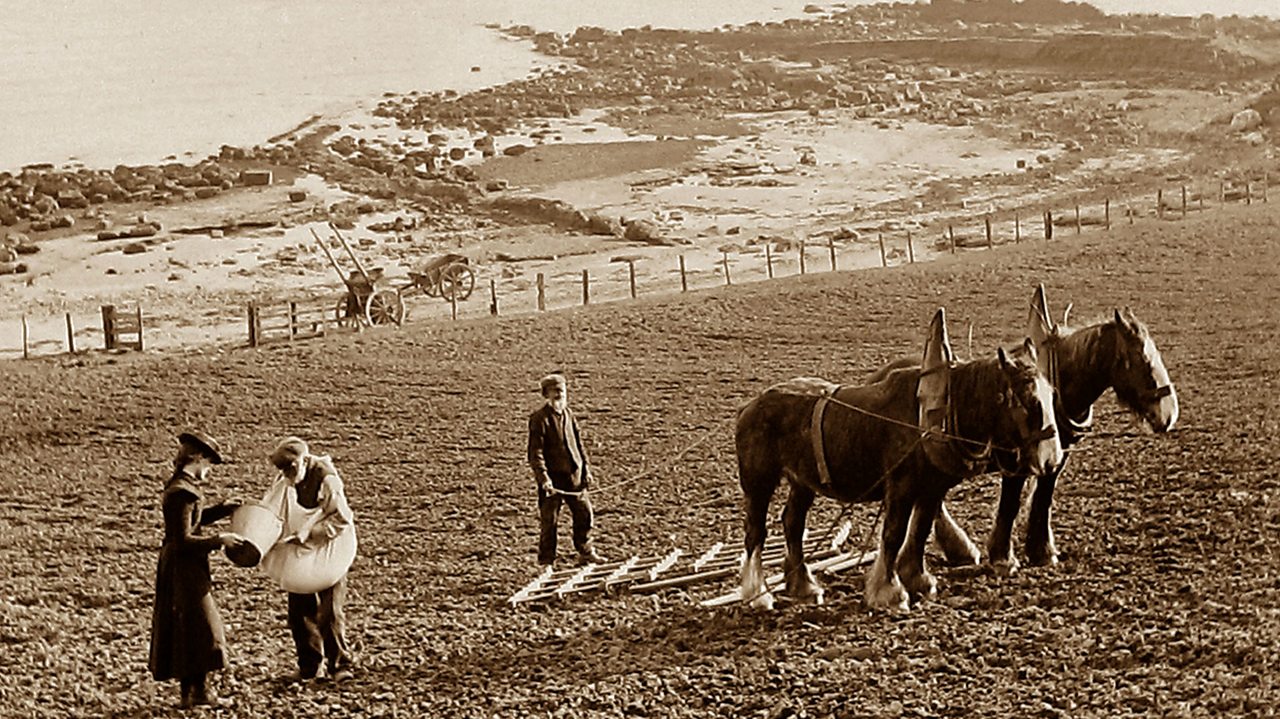
The Highland Clearances BBC Bitesize
The Highland Clearances (Scottish Gaelic: Fuadaichean nan Gàidheal [ˈfuət̪ɪçən nəŋ ˈɡɛː.əl̪ˠ], the "eviction of the Gaels") were the forced evictions of a significant number of tenants in the Scottish Highlands and Islands, mostly in two phases from 1750 to 1860.. The first phase resulted from agricultural improvement, driven by the need for landlords to increase their income.

Highland Clearances
1825-1855: the 'Second Wave' of clearances and the Great Highland Famine. After the great re-organisations of the 1800s and 1810s there was some consolidation on Highland estates, as managers and owners hoped the crofting population would bed-down into their new lots and employment (principally fishing and the production of kelp).

The Scottish Highland Clearances Explorer Tour
Highland clearances. views 2,351,566 updated. Highland clearances were evictions which eliminated the bulk of the Gaelic-speaking population from the Highlands and Islands of Scotland. Between 1763 and 1775 thousands of Highlanders migrated to colonial British North America motivated by resentment at higher rents and consolidation of farms, and.